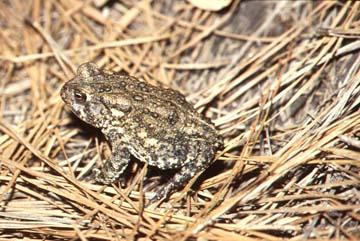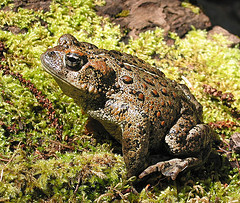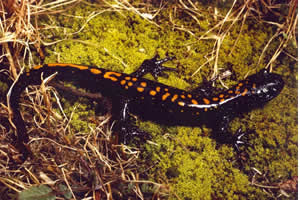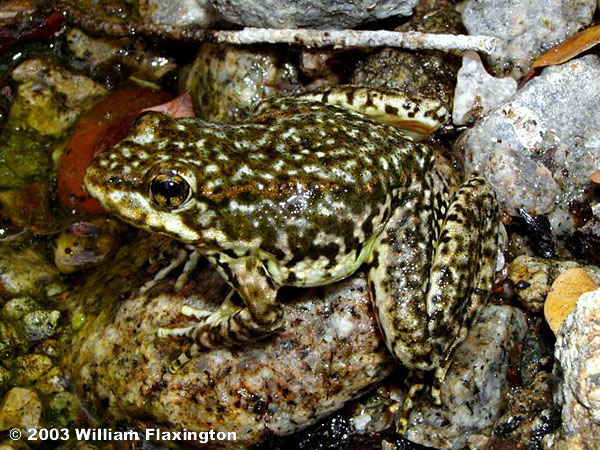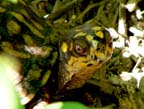 |
| bog turtle |
|
Actually, “Where are the turtles crossing the road and getting hit by cars?” is the focus of a Massaschusetts citizen science research project, and it is one of several turtle research projects going on in this year of the turtle. For more info, read this article on the Massachusetts turtle road-crossing project in the Springfield Republican.
Here are seven other sources of information on turtles and turtle research:
Maryland Amphibian and Reptile Atlas (MARA), a five year project that began in 2010 and will end in December 2014.
The USA Turtle Mapping Project is being run by the US Forest Service’s Pacific Northwest Research Station. It is focusing on seven species of freshwater turtles and tortoises to find out their current ranges.
Not surprisingly, PARC, the creator of Year of the Turtle has a list on its Web site of turtle citizen science projects. It’s a PDF. Here are some of the US-based land- or freshwater turtle projects on the list that aren’t already mentioned:
Blanding’s Turtle Research – Great Meadows, Massachusetts
Gopher Tortoise Tracker – Volusia County, Florida
Lake George Turtle Monitoring Program – Lake George, New York
North Carolina Museum of Natural Sciences Neighborhood Box Turtle Watch
Western Pond Turtle Presence, Absence Monitoring Project -Ventura and Santa Barbara Counties, California
Texas Turtle Watch
Another resource on the PARC Year of the Turtle site is an Excel spreadsheet of 87 relocation, reintroduction, translocation, and headstarting projects. Turtles make up more than half of these projects, the rest are for other reptiles and amphibians. The idea, the site says, is to allow scientists running similar projects to get inside information on what worked and what didn’t so future projects can build on the past.
When it comes to turtles, the news is pretty bad, but it’s not all bad news. In June so many diamondback terrapins headed upland from Jamaica Bay in New York City that a runway at Kennedy Airport was closed. Here’s a news story, and background information from the journal Science.
We don’t normally cover research outside the US, but since we gave wildfires in the West so much coverage earlier this year, and because it is the year of the turtle here’s an exception. A paper in the journal Biological Conservation says that a species of tortoise in Spain can withstand wildfires every 30 years or so and still maintain its population levels. Read an article about the study in Science Daily, or the whole paper in Biological Conservation (or rather, read a free abstract and pay for the whole paper).
Finally, don’t forget our mini round-up of box turtle data earlier this year. You can find that post here.
Photo: Box turtle Credit: Laura Perlick, courtesy of US Fish and Wildlife
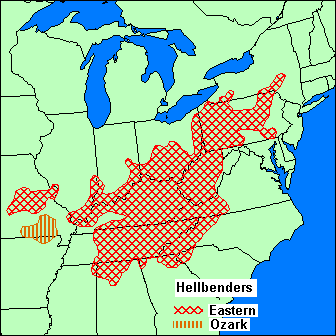 Yesterday, the U.S. Fish and Wildlife Service designated the Ozark hellbender as endangered under the federal Endangered Species Act (ESA). It also announced its decision to list the Ozark and eastern hellbender in Appendix III of the Convention on International Trade in Endangered Species of Wild Fauna and Flora (CITES), which will mean that international sales of the creatures will be monitored.
Yesterday, the U.S. Fish and Wildlife Service designated the Ozark hellbender as endangered under the federal Endangered Species Act (ESA). It also announced its decision to list the Ozark and eastern hellbender in Appendix III of the Convention on International Trade in Endangered Species of Wild Fauna and Flora (CITES), which will mean that international sales of the creatures will be monitored.
